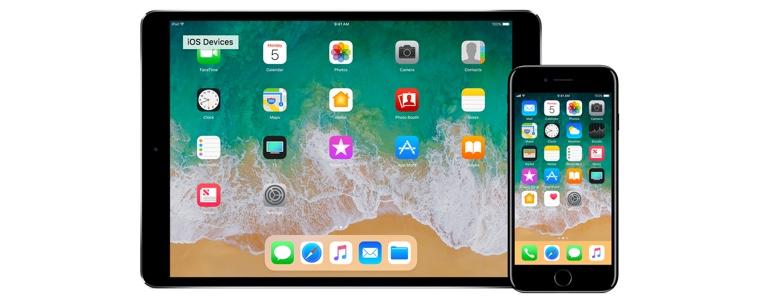

Every time Apple releases a new public beta of iOS 11 I get inundated by people wanting to know if it’s safe for them to try it on their iPhones and iPads.
Well, there’s only one way to find out — and that’s to install it on my equipment.
Read more: Your next iPhone could be $100 cheaper, or $450 more expensive
Before I go any further, I feel the need to point out that installing beta code onto a device that you rely on is a dumb move. Things can go wrong — very wrong — and you can end up in a world of hurt. Ideally you should only install the iOS betas onto iPhones and iPads that you have set aside for that purpose.
But where’s the fun in that?
I’ve been running the iOS 11 public beta from the start, and let me tell you what a painful process that has been. I’ve experienced it all — apps that flat out refuse to work, apps that half work, notifications that just won’t go away, crashes, lockups, awful battery life, Bluetooth and Wi-Fi trials and tribulations, performance troubles, and plenty more stuff that I’ve plain erased from my memory.
I feel safe in saying that the iOS 11 public beta has been one of the most miserable beta experiences I’ve had in a very long time.
But now that iOS 11 public beta 5 is out, I feel that Apple is finally turning a corner.
Things are, mercifully, a lot better. Performance is noticeably improved, as is stability. Apps that weren’t working before (Bandcamp was one, but there were others that I can’t recall at present) now all seem to be working, and Bluetooth and Wi-Fi both feel a lot more robust.
This is not to say that I’ve not had crashes, because I have, but they seem to be fewer and further between.
So, while the iOS 11 public beta 5 is certainly better than previous releases, I still encourage you to take care (I’ve outlined precautions you might want to take here — at minimum you should have a backup), and have a very good, long think about whether you want to install it on an iPhone or iPad that you rely on.
See also :

